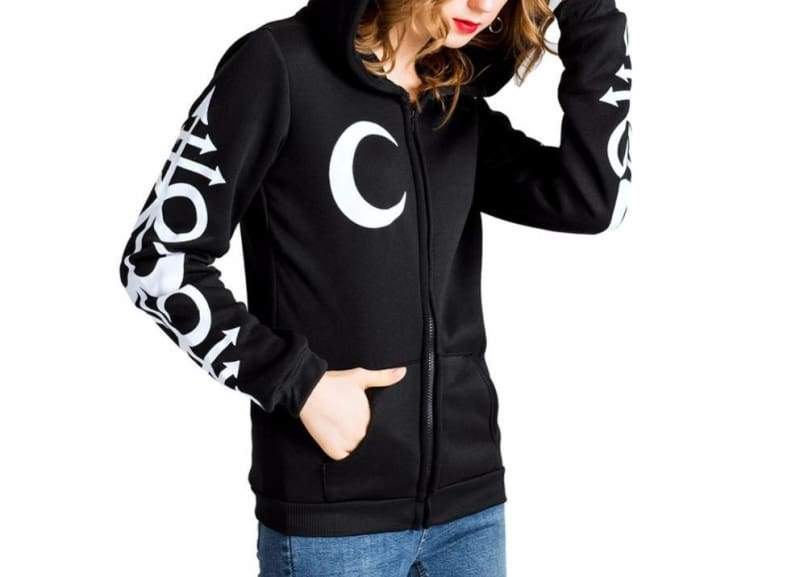


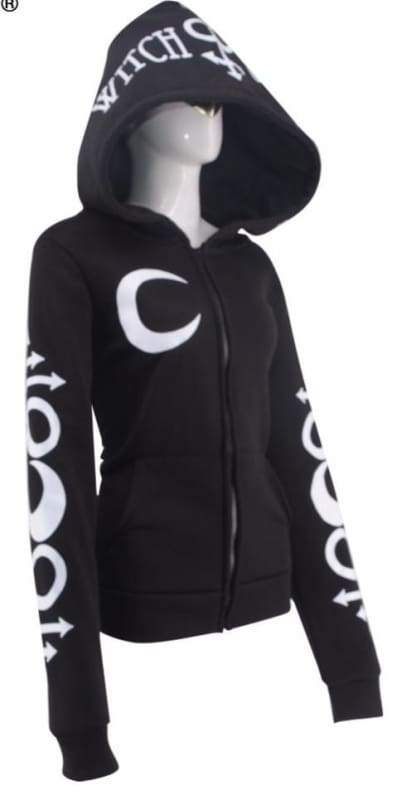
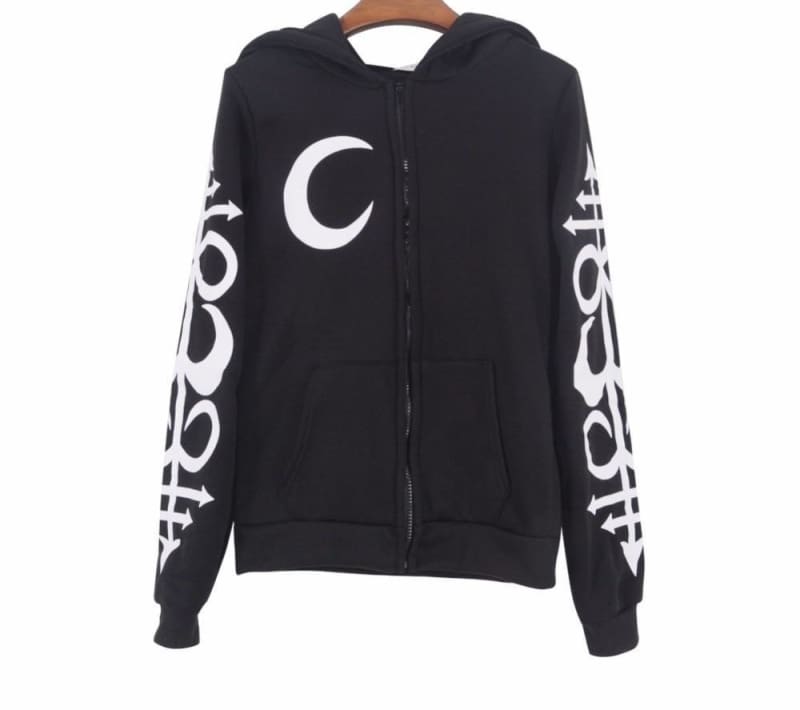
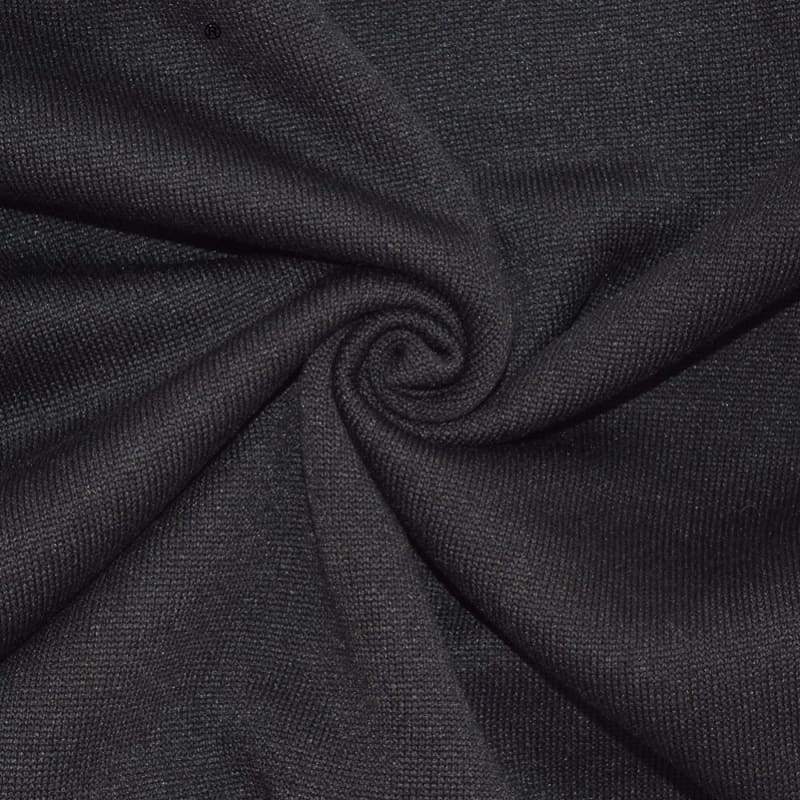
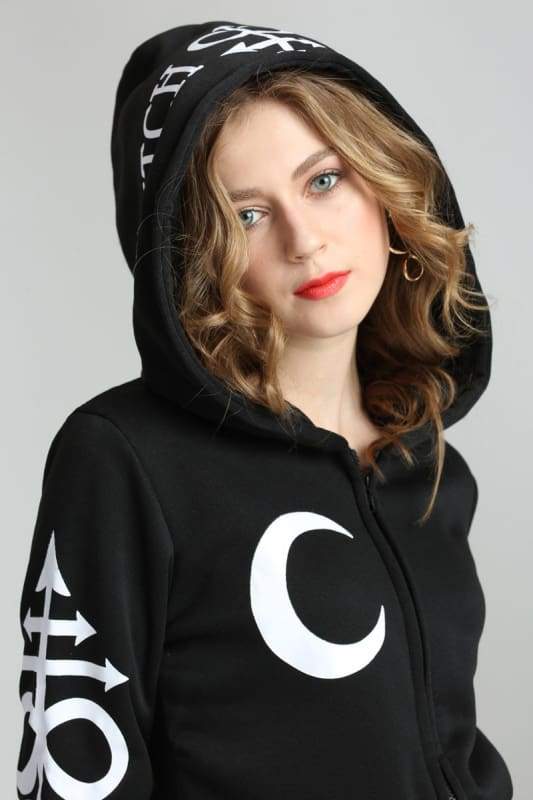
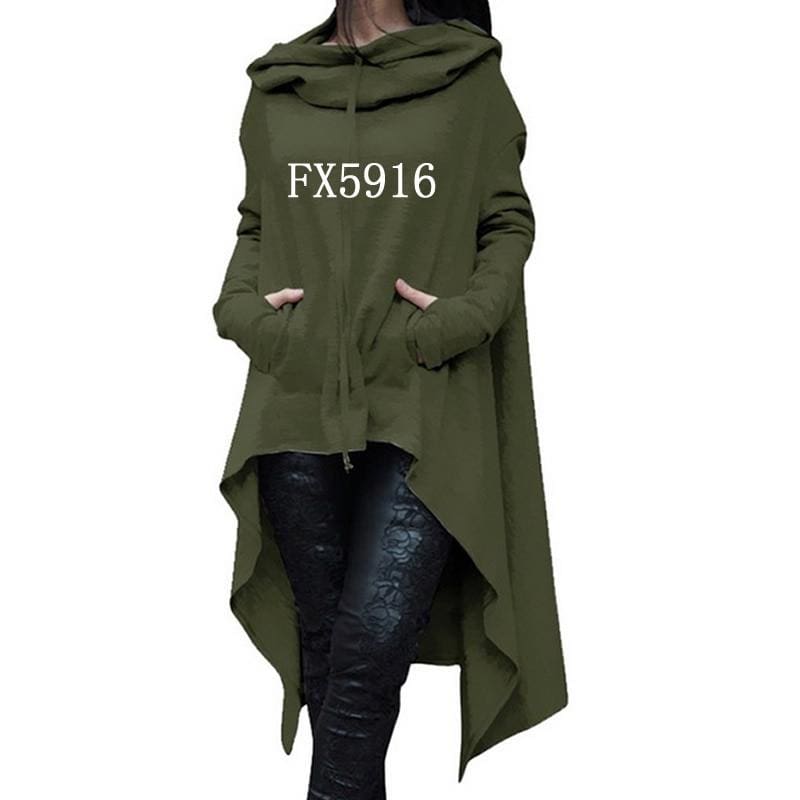

Gothic Moon Punk Jacket
$70.00 Original price was: $70.00.$24.99Current price is: $24.99.
Gothic Punk Moon Jacket !!!
Amazing Stylish Hoodies !!! Hooded Sweatshirts , Casual Pullovers Street wear Tops Autumn collection Regular Hipster hip hop Comfortable material, very cool, casual design, fashionable pattern, street wear style. Men and women can wear it.
It is time to show your feline fascination! Wear this awesome faith print wrap hoodie! A cool stylish design that you always want to wear and make you look good!
These hoodies don’t just look great. They are super comfortable and practical to wear. In the warmer months they are perfect as light cover ups and when it gets colder they are a very useful extra layer.
About size:
Once you know your body measurements,consult the Size Chart on the product pages for actual item measurements to determine which size you should purchase.
| Size |
Chest Width (cm) |
Body Length (cm) |
Cross Shoulder (cm) |
Chest Relaxed (CM) |
Sleeve Length (cm) |
| S | 94 | 61 | 42 | 100 | 63 |
| M | 98 | 62 | 43 | 108 | 64 |
| L | 102 | 63 | 44 | 110 | 65 |
| XL | 106 | 64 | 45 | 114 | 66 |
| XXL | 110 | 65 | 46 | 118 | 67 |
Note: Each brand has its own size.Please refer to our size chart.Please contact us if you have any doubt about size , we will assist you with correct size or mention your high and body weight in the notes.
Please allow 2-3cm differences due to manual measurement. (1cm=0.39inch, 1inch=2.54cm)
Choose the larger size if your size between two sizes.
How to Measure To choose the correct size for you measure your body as follows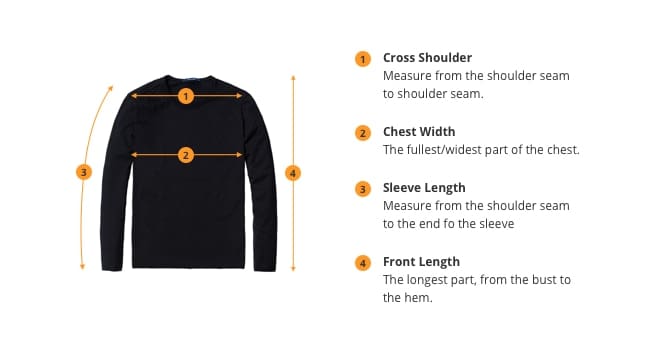
Just click the “Add To Cart” Button Below! There’s a very limited stock, and they will go soon!
Note: Due to High Demand Promotional Items May Take Up To 2-4 weeks for delivery.
WE SUPPORT AN AMAZING CAUSE
We’re thrilled to support Nanhi Pari Foundation is a Girl Child Right Organization which works for Education, Health & Nutrition for Girl Child.




1. FREE Shipping Worldwide on special offers.
2. Fast, Sure & Safe delivery.
3. Safe Payments via PayPal® and 2Checkout®.
4. 30 Day Money Back Guarantee.
5. Real humans on our support help-desk !
6.Tracking number for every order.
7.We use encrypted SSL certificates for 100% security.

Moon Facts
As the full moon approaches, its growing brightness tends to capture our attention.
The full moon occurs when the moon is on the opposite side of Earth from the sun, so that its face is fully illuminated by the sun’s light.
But any day of the month, the moon has some secrets up her sleeve. Here are 10 surprising and strange facts about the moon that may surprise you:
1) There’s actually four kinds of lunar months
Our months correspond approximately to the length of time it takes our natural satellite to go through a full cycle of phases. From excavated tally sticks, researchers have deduced that people from as early as the Paleolithic period counted days in relation to the moon’s phases. But there are actually four different kinds of lunar months. The durations listed here are averages.
1. Anomalistic – the length of time it takes the moon to circle the Earth, measured from one perigee (the closest point in its orbit to Earth) to the next: 27 days, 13 hours, 18 minutes, 37.4 seconds.
2. Nodical – the length of time it takes the moon to pass through one of its nodes (where it crosses the plane of the Earth’s orbit) and return to it: 27 days, 5 hours, 5 minutes, 35.9 seconds.
3. Sidereal – the length of time it takes the moon to circle the Earth, using the stars as a reference point: 27 days, 7 hours, 43 minutes, 11.5 seconds.
4. Synodical – the length of time it takes the moon to circle the Earth, using the sun as the reference point (that is, the time lapse between two successive conjunctions with the sun – going from new moon to new moon): 29 days, 12 hours, 44 minutes, 2.7 seconds. It is the synodic month that is the basis of many calendars today and is used to divide the year.
2) We see slightly more than half of the moon from Earth
Most reference books will note that because the moon rotates only once during each revolution about the Earth, we never see more than half of its total surface. The truth, however, is that we actually get to see more of it over the course of its elliptical orbit: 59 percent (almost three-fifths).
The moon’s rate of rotation is uniform but its rate of revolution is not, so we’re able to see just around the edge of each limb from time to time. Put another way, the two motions do not keep perfectly in step, even though they come out together at the end of the month. We call this effect libration of longitude.
So the moon “rocks” in the east and west direction, allowing us to see farther around in longitude at each edge than we otherwise could. The remaining 41 percent can never be seen from our vantage point; and if anyone were on that region of the moon, they would never see the Earth.
3) It would take hundreds of thousands of moons to equal the brightness of the sun
The full moon shines with a magnitude of -12.7, but the sun is 14 magnitudes brighter, at -26.7. The ratio of brightness of the sun versus the moon amounts to a difference of 398,110 to 1. So that’s how many full moons you would need to equal the brightness of the sun. But this all a moot point, because there is no way that you could fit that many full moons in the sky.
The sky is 360 degrees around (including the half we can’t see, below the horizon), so there are over 41,200 square degrees in the sky. The moon measures only a half degree across, which gives it an area of only 0.2 square degrees. So you could fill up the entire sky, including the half that lies below our feet, with 206,264 full moons — and still come up short by 191,836 in the effort to match the brightness of the sun.
4) The first- or last-quarter moon is not one half as bright as a full moon
If the moon’s surface were like a perfectly smooth billiard ball, its surface brightness would be the same all over. In such a case, it would indeed appear half as bright.
But the moon has a very rough topography. Especially near and along the day/night line (known as the terminator), the lunar landscape appears riddled with innumerable shadows cast by mountains, boulders and even tiny grains of lunar dust. Also, the moon’s face is splotched with dark regions. The end result is that at first quarter, the moon appears only one eleventh as bright as when it’s full.
The moon is actually a little brighter at first quarter than at last quarter, since at that phase some parts of the moon reflect sunlight better than others.
5) A 95-percent illuminated moon appears half as bright as a full moon
Believe it or not, the moon is half as bright as a full moon about 2.4 days before and after a full moon. Even though about 95 percent of the moon is illuminated at this time, and to most casual observers it might still look like a “full” moon, its brightness is roughly 0.7 magnitudes less than at full phase, making it appear one-half as bright.
6) The Earth, seen from the moon, also goes through phases
However, they are opposite to the lunar phases that we see from the Earth. It’s a full Earth when it’s new moon for us; last-quarter Earth when we’re seeing a first-quarter moon; a crescent Earth when we’re seeing a gibbous moon, and when the Earth is at new phase we’re seeing a full moon.
From any spot on the moon (except on the far side, where you cannot see the Earth), the Earth would always be in the same place in the sky.
From the moon, our Earth appears nearly four times larger than a full moon appears to us, and – depending on the state of our atmosphere – shines anywhere from 45 to 100 times brighter than a full moon. So when a full (or nearly full) Earth appears in the lunar sky, it illuminates the surrounding lunar landscape with a bluish-gray glow.
From here on the Earth, we can see that glow when the moon appears to us as a crescent; sunlight illuminates but a sliver of the moon, while the rest of its outline is dimly visible by virtue of earthlight. Leonardo da Vinci was the first to figure out what that eerie glow appearing on the moon really was.
7) Eclipses are reversed when viewing from the moon
Phases aren’t the only things that are seen in reverse from the moon. An eclipse of the moon for us is an eclipse of the sun from the moon. In this case, the disk of the Earth appears to block out the sun.
If it completely blocks the sun, a narrow ring of light surrounds the dark disk of the Earth; our atmosphere backlighted by the sun. The ring appears to have a ruddy hue, since it’s the combined light of all the sunrises and sunsets occurring at that particular moment. That’s why during a total lunar eclipse, the moon takes on a ruddy or coppery glow.
When a total eclipse of the sun is taking place here on Earth, an observer on the moon can watch over the course of two or three hours as a small, distinct patch of darkness works its way slowly across the surface of the Earth. It’s the moon’s dark shadow, called the umbra, that falls on the Earth, but unlike in a lunar eclipse, where the moon can be completely engulfed by the Earth’s shadow, the moon’s shadow is less than a couple of hundred miles wide when it touches the Earth, appearing only as a dark blotch.
8) There are rules for how the moon’s craters are named
The lunar craters were formed by asteroids and comets that collided with the moon. Roughly 300,000 craters wider than 1 km (0.6 miles) are thought to be on the moon’s near side alone.
These are named for scholars, scientists, artists and explorers. For example, Copernicus Crater is named for Nicolaus Copernicus, a Polish astronomer who realized in the 1500s that the planets move about the sun. Archimedes Crater is named for the Greek mathematician Archimedes, who made many mathematical discoveries in the third century B.C.
The custom of applying personal names to the lunar formations began in 1645 with Michael van Langren, an engineer in Brussels who named the moon’s principal features after kings and great people on the Earth. On his lunar map he named the largest lunar plain (now known as Oceanus Procellarum) after his patron, Phillip IV of Spain.
But just six years later, Giovanni Battista Riccioli of Bologna completed his own great lunar map, which removed the names bestowed by Van Langren and instead derived names chiefly from those of famous astronomers — the basis of the system which continues to this day. In 1939, the British Astronomical Association issued a catalog of officially named lunar formations, “Who’s Who on the Moon,” listing the names of all formations adopted by the International Astronomical Union.
Today the IAU continues to decide the names for craters on our moon, along with names for all astronomical objects. The IAU organizes the naming of each particular celestial feature around a particular theme.
The names of craters now tend to fall into two groups. Typically, moon craters have been named for deceased scientists, scholars, explorers, and artists who’ve become known for their contributions to their respective fields. The craters around the Apollo crater and the Mare Moscoviense are to be named after deceased American astronauts and Russian cosmonauts.
| Color |
Black |
|---|---|
| Size |
L ,M ,S ,XL ,XXL |


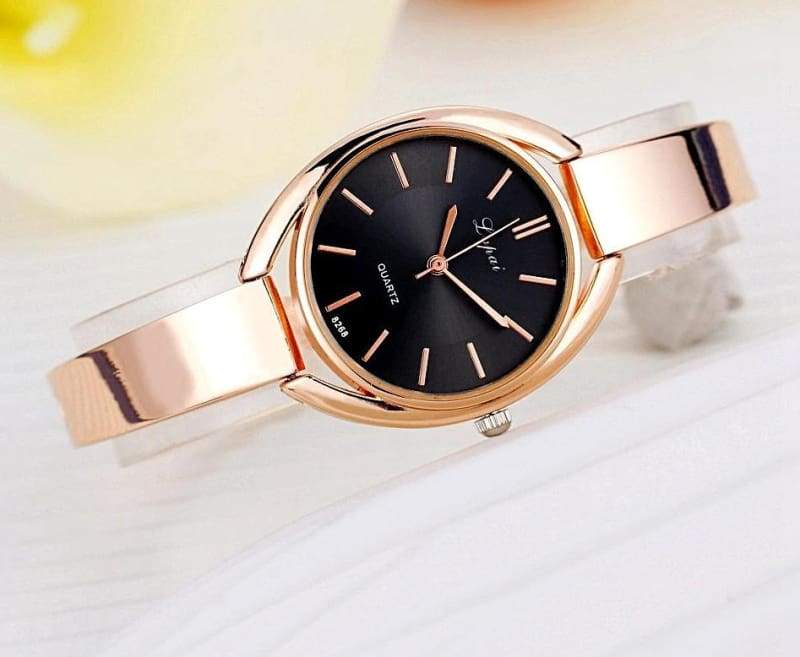
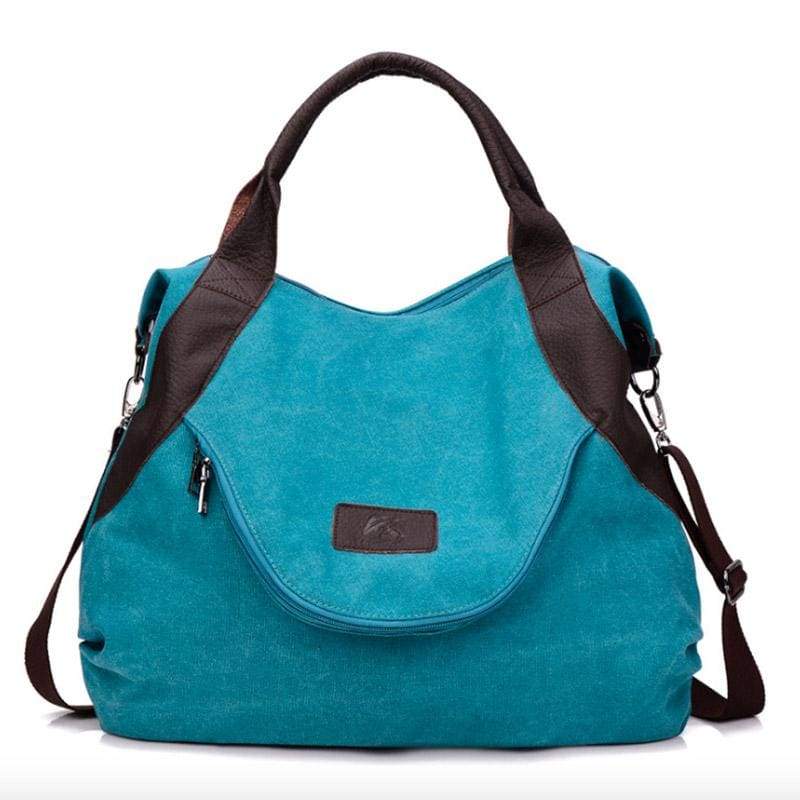
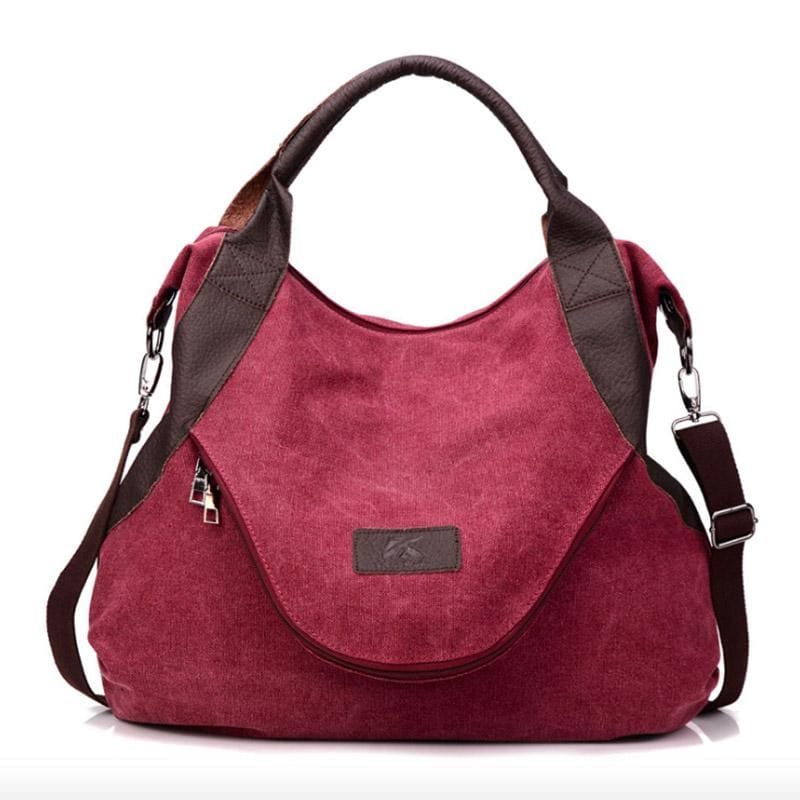
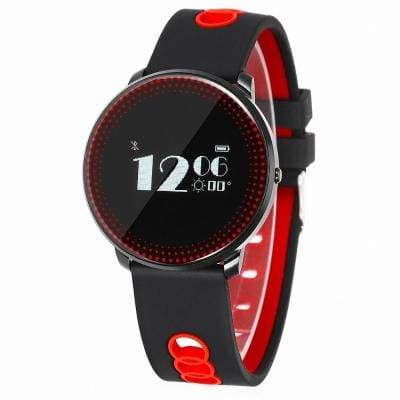
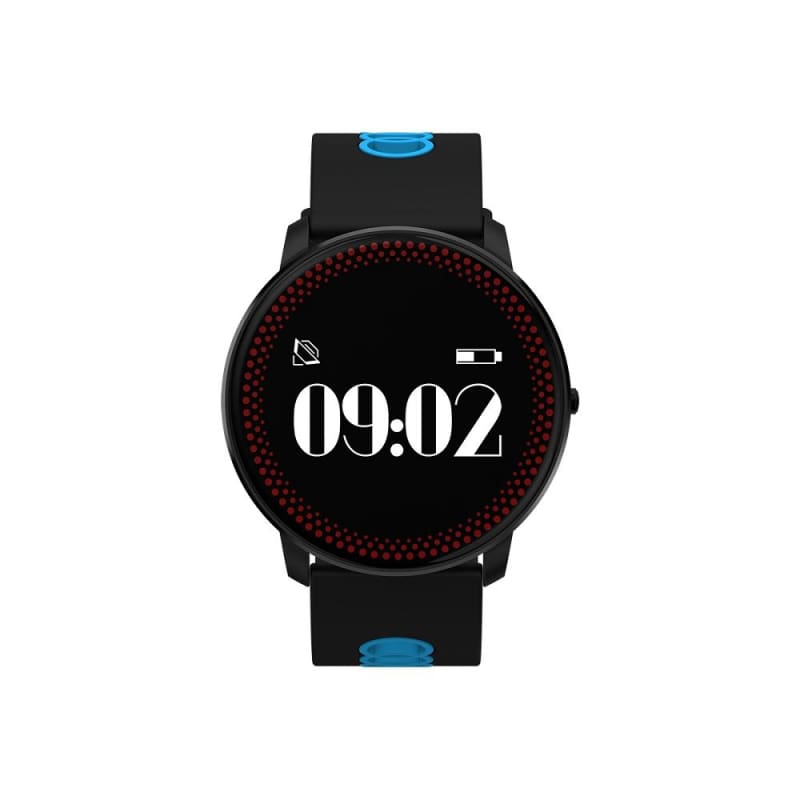




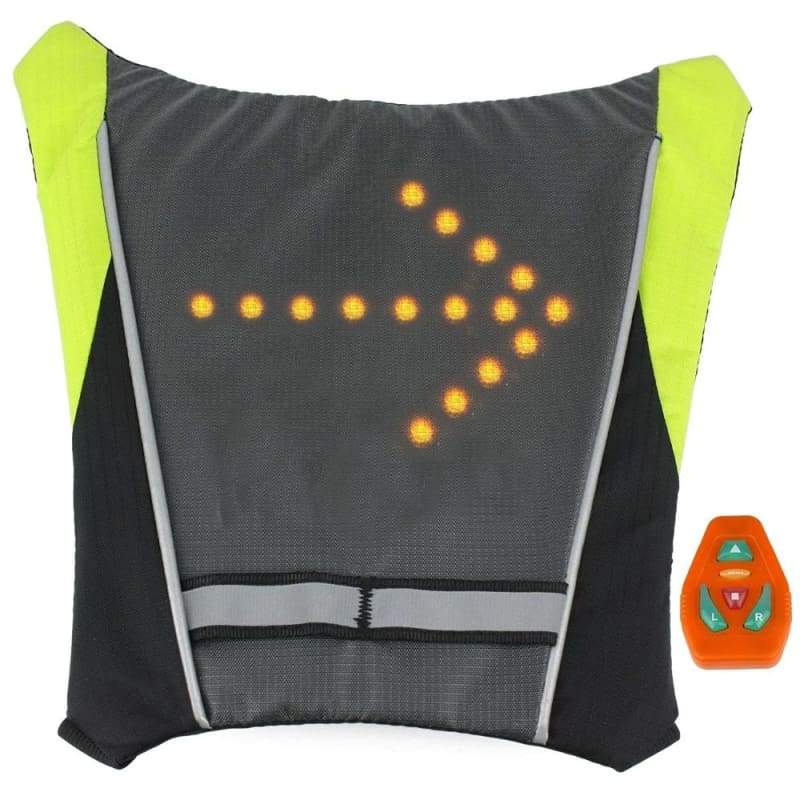
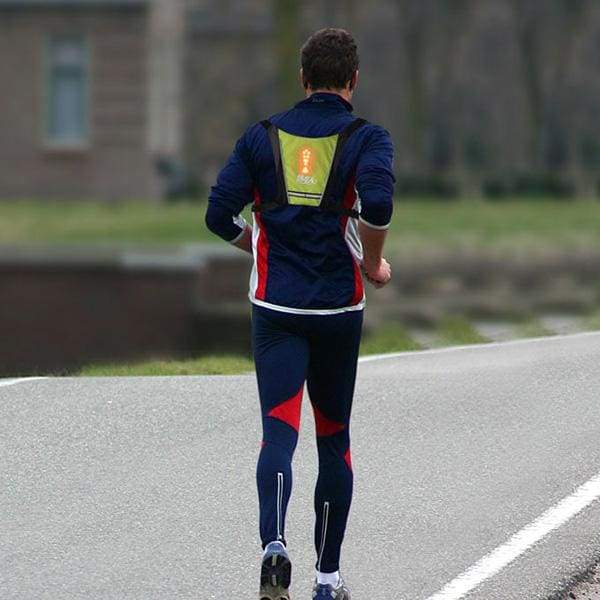
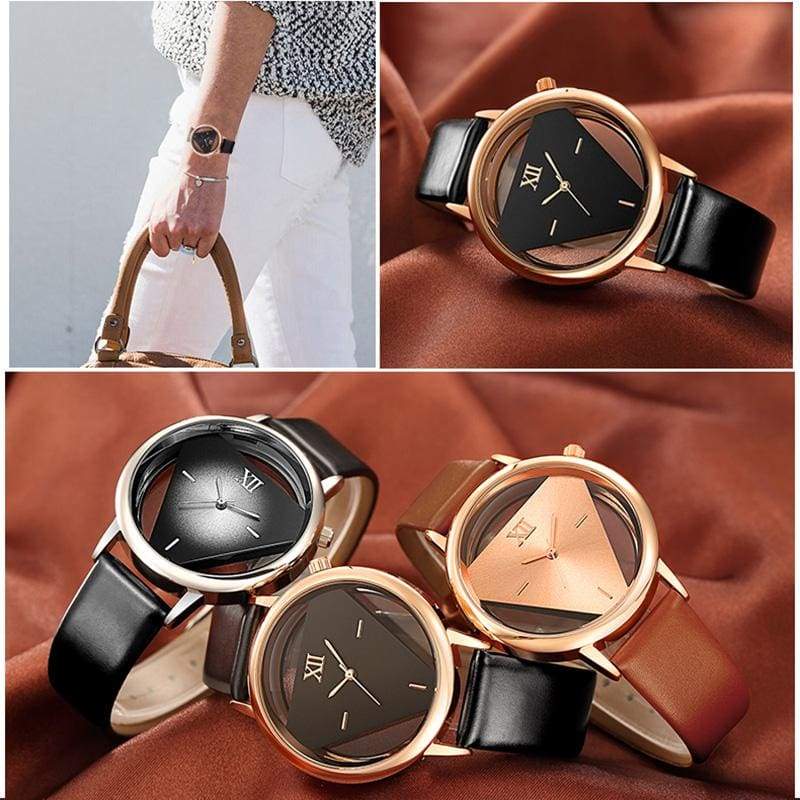
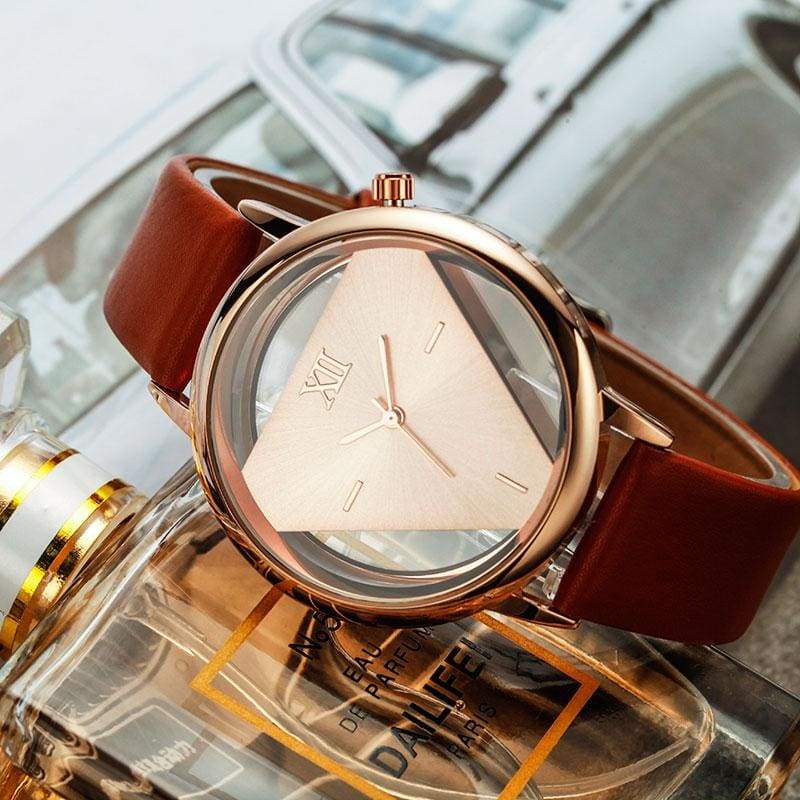

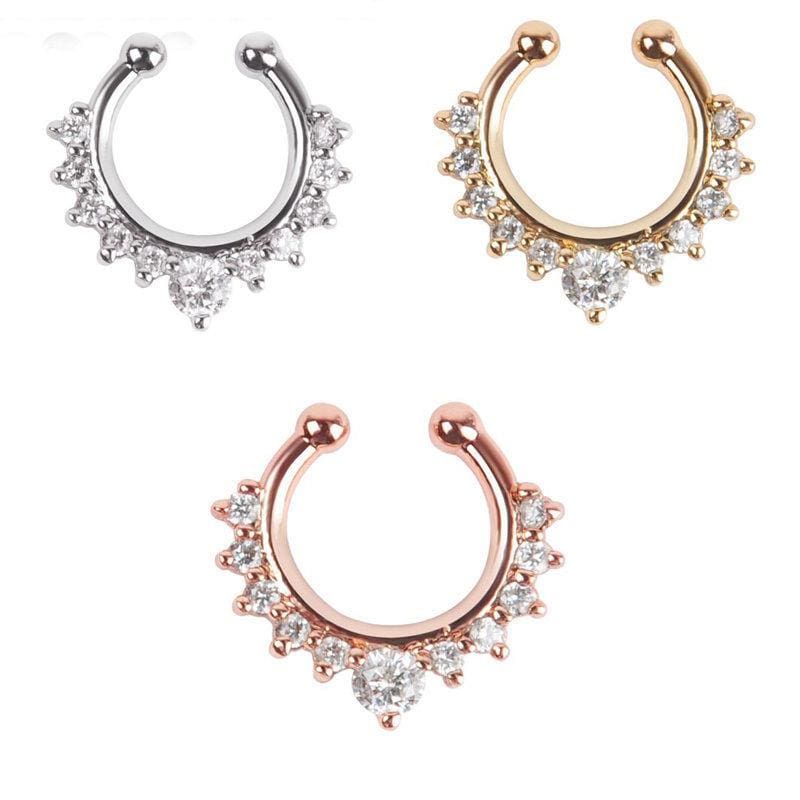
Michale Kohler –
Packed well, everything is intact! Thank you. I’m going to try the item
Garry Buckridge –
Perfect!!! I’m happy with this purchase. This is my honest review and I didn’t receive anything in return.
Orval Hartmann –
Product arrived in good condition, high quality, packed like cabbage
Herminio Paucek –
Perfect quality!!! Like it a lot, will order more!
Vincent Skiles –
Package came quickly. It was packed well, everything was intact.
Troy Upton –
Packed neatly, nothing falls out. Nice item!!
Hazle Kozey –
Packed well, even the box did not crumple
Devan Schaden –
Perfect! Cheap, versatile, and durable.
Deron Skiles –
Perfection! Highly recommend. The seller is amazing!
Elmer Tremblay –
Packing is not broken. Inside corresponds to the description.
Darrion Bayer –
Packed was usually. The box is not wrinkled, Nothing is spilled inside.
Casimer Welch –
Past problem, but all good now
Chauncey Dickens –
Packed super, had to cut to open. Respectively in safety and security, everything works.
Oswald Ferry –
Pretty tunic! Great price. The material is so soft and beautiful. I will buy another in a different color.
Jerrold Hilpert –
Packaging and appearance of the product pleased.
Jerad Prosacco –
Packed in a parcel . The box is sealed in a package. I have not tried it yet, I will add it later. I recommend both the product and the seller.
Kevin Langworth –
Packed perfectly. Good product. I recommend
Kameron Kovacek –
Packed well, in a branded package, zip lock. Good quality
Virgil O’Reilly –
Packing is just a fairy tale!!! Very neat, incredibly. Seller big well done, thank you I love you
Eladio Orn –
Packed well! Respect and respect the seller for more such competent and responsible
Jerad Cummerata –
Perfect!!! Of course I will buy more.. thanks
Mark –
This product is great!
Darrick Kuphal –
Tested the goods after it arrived in a short time, everything is fine. Worth the money.